Future IT Sites
The Information Technology (IT) industry is rapidly evolving, and the metaverse is poised to revolutionize it even further. Imagine a world where IT websites are not just static pages but dynamic, immersive experiences that transform how we interact with technology, collaborate on projects, and secure our data. This article explores how current IT practices compare to the future possibilities within the metaverse, highlighting how these advancements will enhance productivity, security, and user experience.

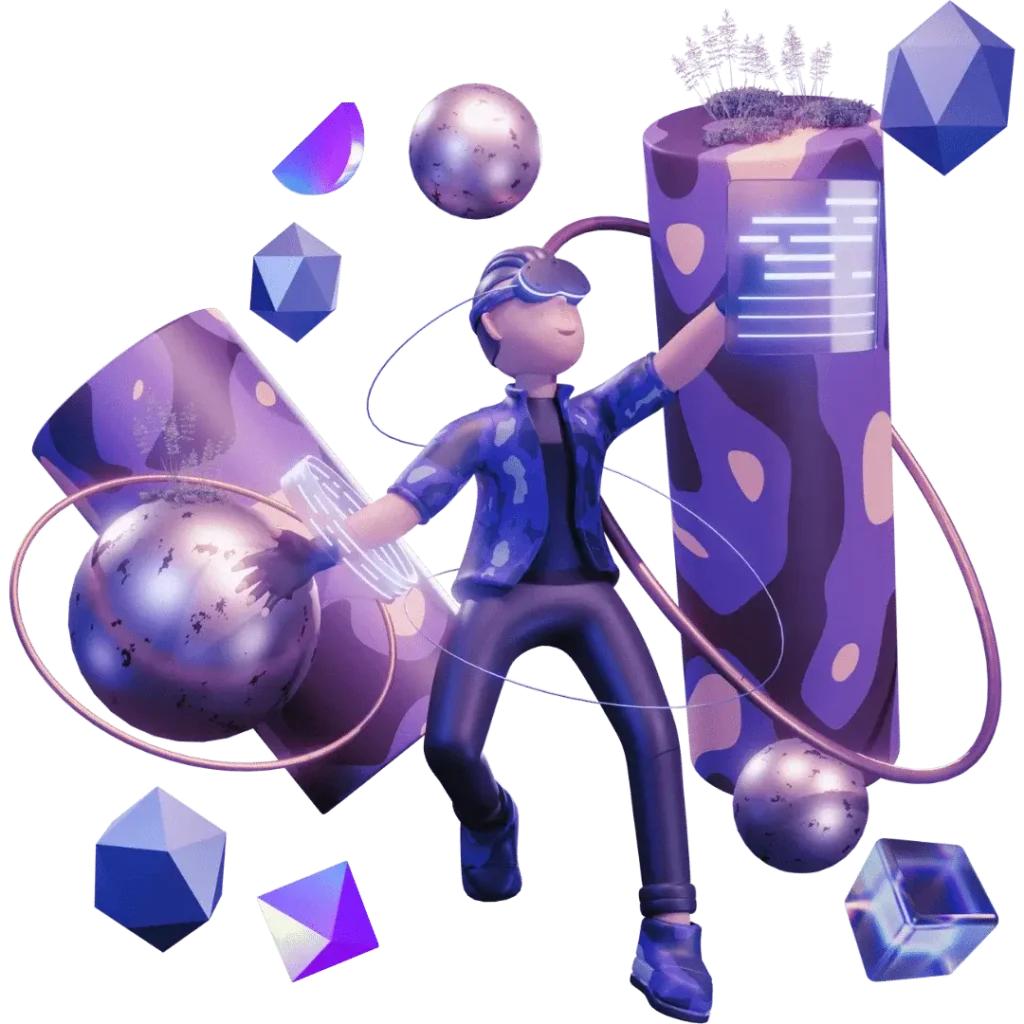
Hyper-Immersive User Interfaces
Today: IT websites use basic 2D interfaces with menus and static visuals. Users navigate through dropdown menus, buttons, and text links. The user experience is often limited to clicking and scrolling.
Future: The future internet will bring hyper-immersive 3D visuals and interactive holograms to IT sites. Users will interact with virtual elements in a more natural and engaging way, such as using gestures to manipulate data visualizations or walking through a virtual server room. This will make navigating complex data intuitive and engaging, transforming challenging tasks into more accessible experiences. To experience these features, a metaverse domain is essential.
AI-Driven Personalization
Today: IT websites offer general interfaces and standardized solutions. Users often need to manually search for information or customize settings to fit their needs.
Future: With AI-driven personalization, future internet IT websites will adapt in real-time to each user. These platforms will analyze user behavior and preferences to offer customized solutions, such as personalized dashboards that display relevant metrics or AI suggestions for optimizing system performance. These intelligent platforms will effectively serve as personal IT assistants, streamlining workflows and improving efficiency. To experience these features, a metaverse domain is essential.


Seamless Cross-Platform Integration
Today: Interfaces and functionalities vary across different devices. Users may experience inconsistencies when switching between their computer, smartphone, and other devices.
Future: IT websites in the future internet will offer seamless integration across computers, smartphones, smartwatches, and even smart glasses. Users will have a consistent and intuitive experience, enabling them to start a task on one device and continue it on another without interruption. For example, they might begin troubleshooting a network issue on a desktop and complete it using augmented reality on smart glasses. This will facilitate effortless access to information and tools, enhancing productivity. To experience these features, a metaverse domain is essential.
Blockchain-Powered Security
Today: Security relies on firewalls, antivirus software, and encryption. Despite these measures, data breaches and cyber threats remain significant concerns.
Future: The future internet will use blockchain to make IT websites highly secure. Blockchain technology will create a decentralized and tamper-proof system for storing and sharing data, significantly enhancing protection against cyber threats. For instance, each transaction or data exchange could be recorded on a blockchain, ensuring transparency and preventing unauthorized access. This approach will ensure the integrity of information and provide unprecedented security. To experience these features, a metaverse domain is essential.
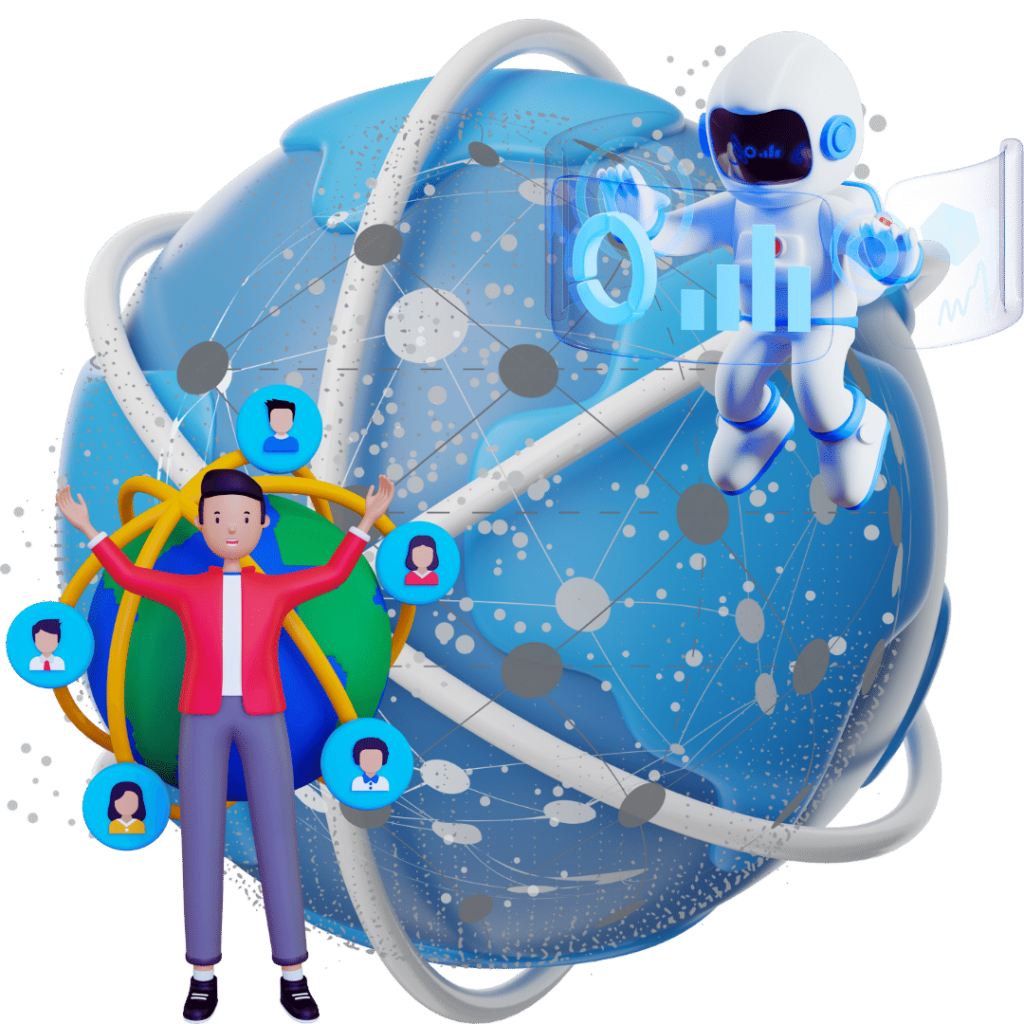

Interactive Real-Time Collaboration
Today: Collaboration tools are limited to video calls and shared documents. These tools can be cumbersome and lack the immediacy of in-person interactions.
Future: In the future internet, IT websites will offer virtual spaces for real-time collaboration. Teams will work together in immersive virtual environments, enabling instant communication and brainstorming sessions. For example, developers from different parts of the world could gather in a virtual room to work on a project, using virtual whiteboards and 3D models to share ideas. This will enhance creativity and productivity, making remote collaboration as effective as in-person meetings. To experience these features, a metaverse domain is essential.
Data-Driven Insights
Today: Users rely on basic data visualization tools for insights. These tools often present static charts and graphs that require manual interpretation.
Future: Advanced tools in the future internet will provide interactive dashboards and real-time reports. Users will be able to interact with data visualizations, such as rotating 3D graphs or drilling down into specific data points with a simple gesture. This interactive approach will help users uncover hidden patterns and trends more easily, leading to better-informed decisions. For instance, IT managers could instantly visualize network performance issues and pinpoint the cause within a virtual environment. To experience these features, a metaverse domain is essential.

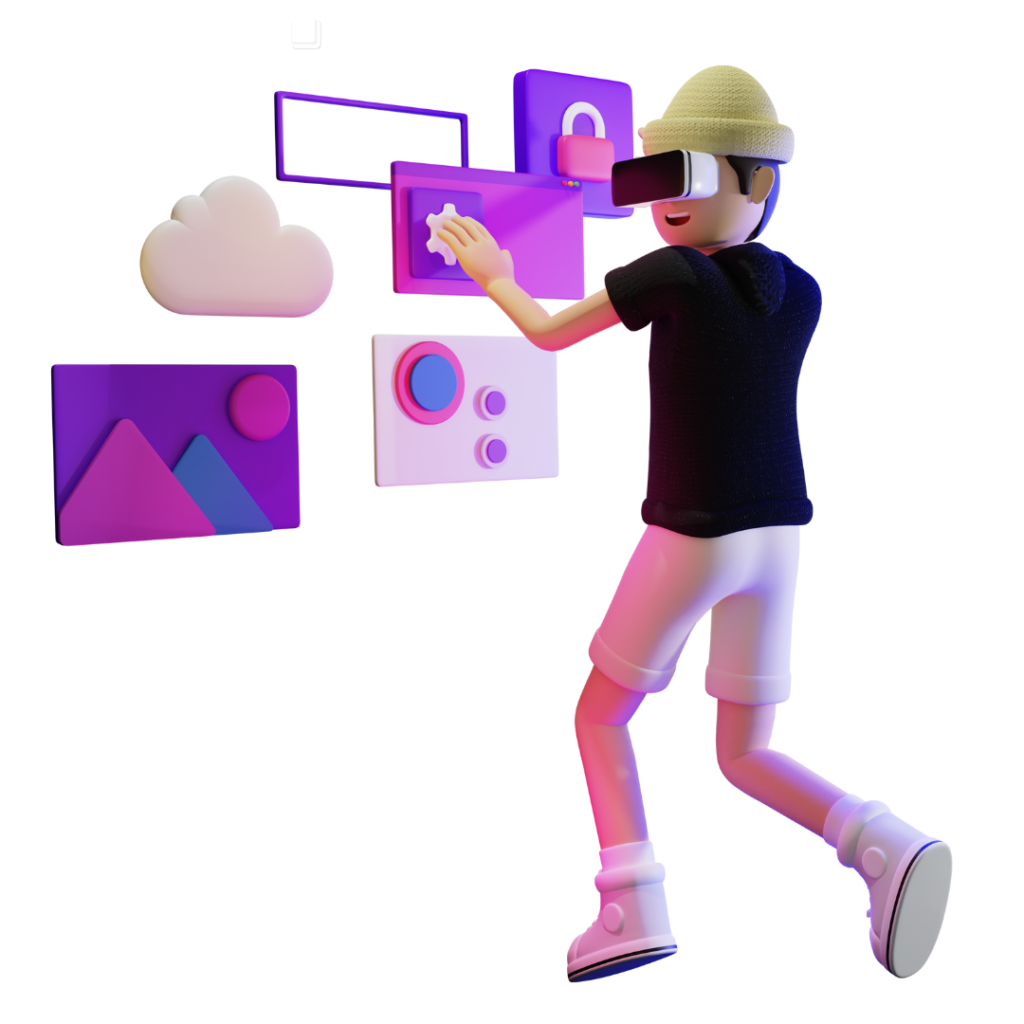
Knowledge Access
Today: Knowledge is accessed through text-based articles and tutorials. Learning can be passive and less engaging, often requiring extensive reading.
Future: The future internet will offer immersive knowledge hubs with interactive simulations. Users will be able to explore complex IT concepts through virtual environments, such as walking through a simulated data center to learn about server configurations. This hands-on approach will enhance understanding and retention, making learning more engaging and effective. For example, instead of reading about network protocols, users could participate in a virtual simulation that demonstrates how data packets travel across different network layers. To experience these features, a metaverse domain is essential.
Virtual IT Labs
Today: Virtual labs are basic and often lack realism. They may provide simulated environments but often fall short in replicating real-world scenarios.
Future: Fully immersive virtual IT labs in the future internet will let users practice coding, network configurations, and system troubleshooting in realistic environments. These virtual labs will mimic real-world scenarios with high fidelity, allowing users to gain practical experience without the limitations of physical labs. For instance, users could virtually disassemble and reassemble servers, diagnose hardware issues, or simulate cyber-attack scenarios to practice defensive strategies. This will improve hands-on learning and skill development. To experience these features, a metaverse domain is essential.


AI-Powered IT Assistants
Today: Basic chatbots provide limited support. They can handle simple queries but often struggle with complex issues.
Future: In the future internet, advanced AI-powered IT assistants with virtual avatars will offer real-time troubleshooting and guidance. These assistants will have natural language processing capabilities, allowing them to understand and respond to complex queries. For example, if a user encounters a network issue, the AI assistant could provide step-by-step troubleshooting instructions or even perform diagnostic tasks autonomously. This will enhance user support and problem resolution, making IT help more accessible and efficient. To experience these features, a metaverse domain is essential.
Collaborative IT Projects
Today: Collaboration happens through online forums and shared documents. These methods can be slow and lack real-time interaction.
Future: The future internet will allow global teams to work together on IT projects in shared virtual spaces. Team members will be able to interact in real-time, using virtual tools to collaborate on code, design, and testing. For instance, developers from different countries could simultaneously work on a software project, using a virtual code editor and debug tools that support live collaboration. This approach will foster innovation and effective problem-solving, making it easier for teams to tackle complex projects. To experience these features, a metaverse domain is essential.

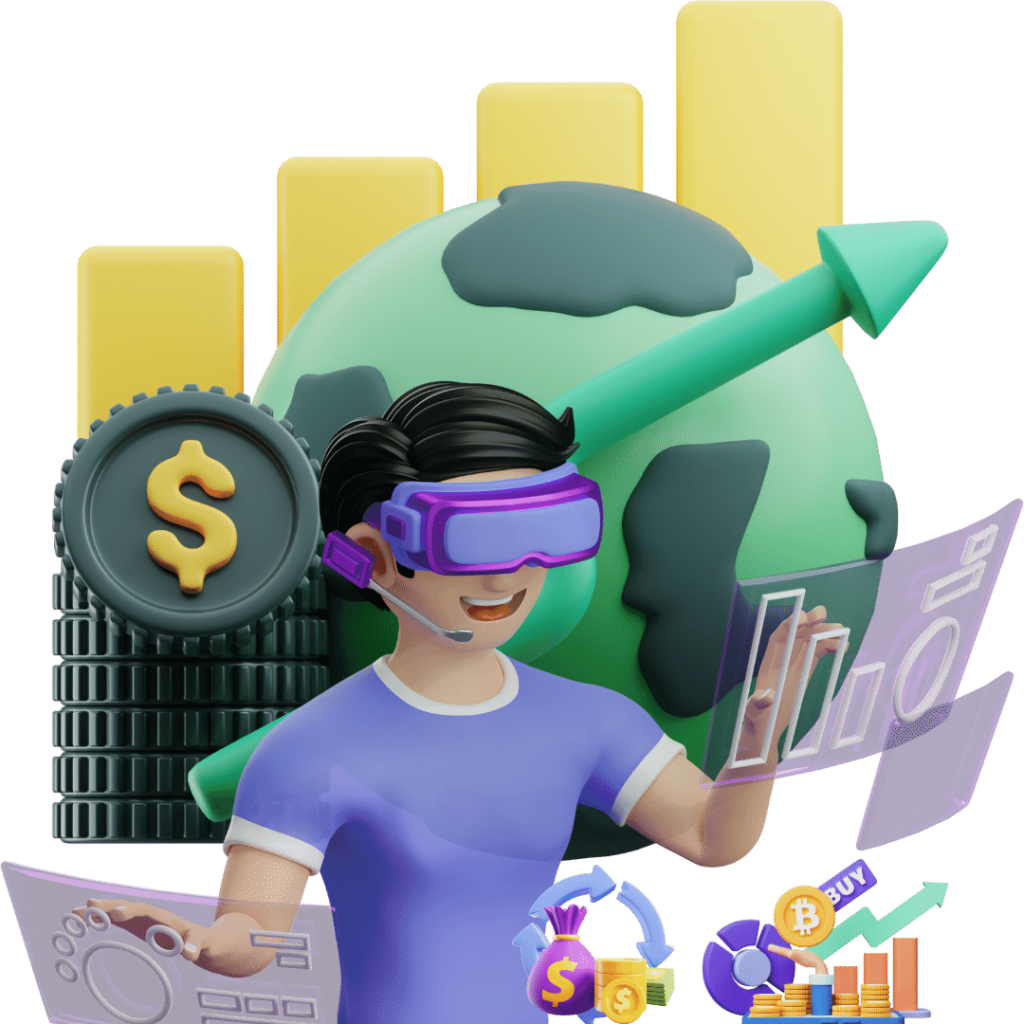
Blockchain and Cybersecurity Education
Today: Standard courses provide basic knowledge. Learning is often theoretical and lacks practical application.
Future: The future internet will offer immersive education on blockchain and cybersecurity with interactive simulations. Students will participate in realistic scenarios, such as defending against cyber-attacks or setting up secure blockchain networks. This hands-on approach will deepen their understanding and prepare them for real-world challenges. For example, a cybersecurity course could include virtual hacking challenges where students must identify and mitigate threats in a simulated environment. To experience these features, a metaverse domain is essential.
Tech Career Fairs
Today: Career fairs are physical or simple online platforms. They can be limited in scope and accessibility.
Future: Virtual tech career expos in the future internet will let job seekers interact with recruiters and explore opportunities in dynamic virtual booths. These expos will offer immersive experiences, such as virtual company tours, live Q&A sessions, and interactive job simulations. This will enhance networking and job discovery, making it easier for candidates to find the right opportunities. For instance, a virtual career fair could include a gamified assessment where candidates demonstrate their skills in a simulated IT project. To experience these features, a metaverse domain is essential.


Tech Conference Immersion
Today: Tech conferences are either online or in-person. Online conferences can lack engagement, while in-person events are limited by geography.
Future: Immersive tech conferences in the future internet will feature virtual speakers, interactive demos, and networking opportunities. Attendees will be able to participate from anywhere in the world, engaging with content and networking in a virtual environment. For example, attendees could explore virtual exhibition halls, interact with 3D models of new technologies, and attend live presentations with real-time Q&A sessions. This will offer a rich and engaging experience, making conferences more accessible and impactful. To experience these features, a metaverse domain is essential.
Remote IT Workspaces
Today: Standard remote setups rely on basic tools like video calls and shared documents. These tools can be limiting and less immersive.
Future: The future internet will provide metaverse-based remote IT workspaces with virtual offices and collaborative tools. Teams will be able to work in a shared virtual environment, using virtual desks, whiteboards, and meeting rooms. This will enhance team productivity and interaction, making remote work more immersive and effective. For instance, a team could hold virtual meetings in a custom-designed virtual office, using interactive tools to brainstorm and share ideas in real-time. To experience these features, a metaverse domain is essential.
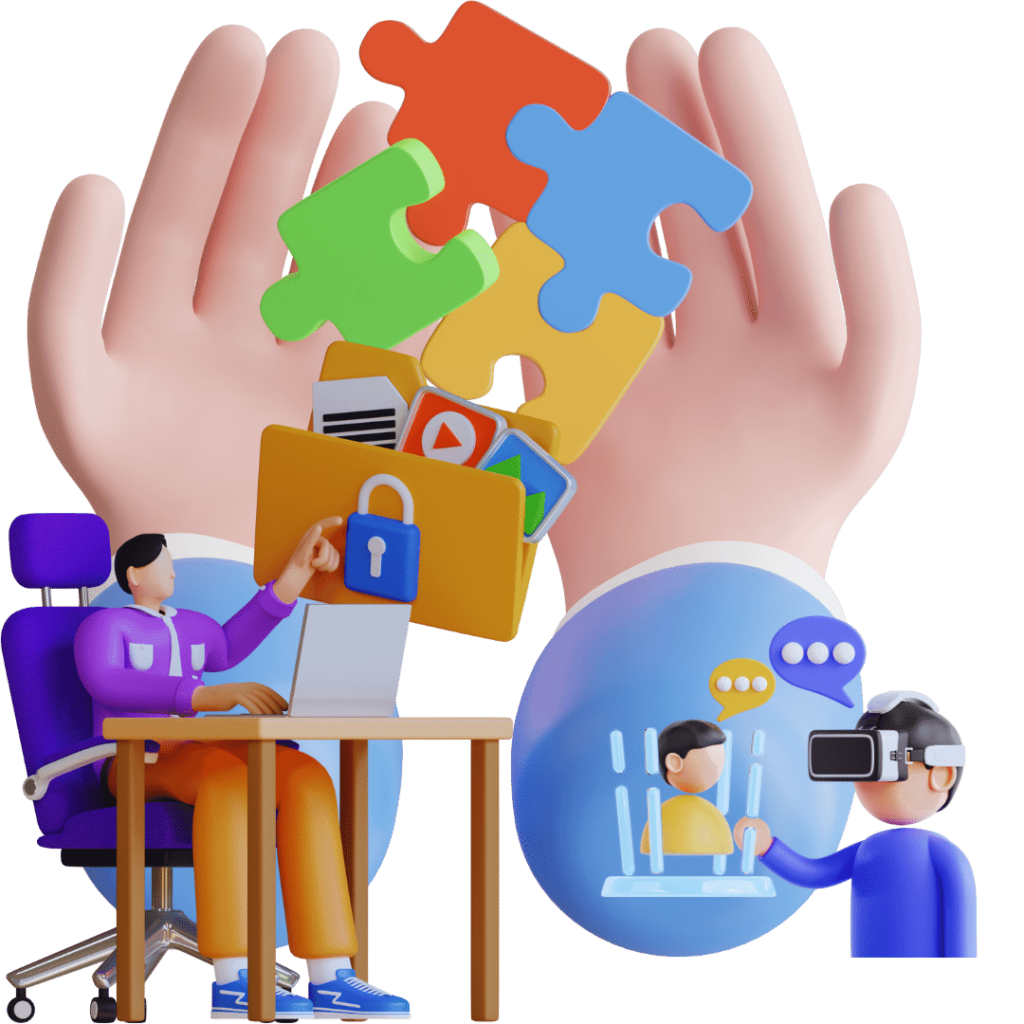

Domain Security
Today: Domain security uses standard protocols and encryption. These methods provide a basic level of protection but can be vulnerable to sophisticated attacks.
Future: Enhanced domain security with blockchain in the future internet will protect IT infrastructure more effectively. Blockchain will provide a decentralized and immutable system for managing domain data, ensuring that it is secure and tamper-proof. For example, domain ownership and configuration changes could be recorded on a blockchain, preventing unauthorized alterations and enhancing trust in domain management. This will ensure the integrity and protection of critical domain data. To experience these features, a metaverse domain is essential.
Accessibility and Inclusivity
Today: Accessibility features are basic and limited. Many IT resources are not fully accessible to users with disabilities.
Future: The future internet will offer inclusive design to ensure IT resources are accessible to everyone. Virtual environments will be designed with accessibility in mind, providing features like voice controls, customizable interfaces, and support for various assistive technologies. For example, a virtual IT platform could include features like speech-to-text, adjustable contrast, and compatibility with screen readers, making it accessible to users with different needs. This will provide a more equitable digital environment, ensuring that all users can fully participate and benefit. To experience these features, a metaverse domain is essential.


Real-Time Tech News
Today: Tech news is accessed through online portals and news sites. These sources often provide static articles and updates.
Future: The future internet will provide real-time tech news feeds in immersive environments. Users will be able to explore breaking tech stories through interactive newsrooms and live updates in virtual spaces. For example, a virtual tech news platform could include holographic news anchors, interactive data visualizations, and real-time discussions with experts. This will offer a richer and more interactive news experience, making it easier to stay informed about the latest developments. To experience these features, a metaverse domain is essential.
Tech Innovation Showcases
Today: Tech showcases are physical or online events. These events can be limited in their ability to provide hands-on experiences with new technology.
Future: The future internet will host dynamic tech innovation showcases where users can interact with the latest technology. These showcases will provide immersive experiences, such as virtual demonstrations of new products, interactive 3D models, and live Q&A sessions with developers. For instance, attendees could virtually test new software features, explore the internals of a new hardware device, or participate in a virtual hackathon. This will offer a hands-on experience of the latest advancements, making tech showcases more engaging and informative. To experience these features, a metaverse domain is essential.

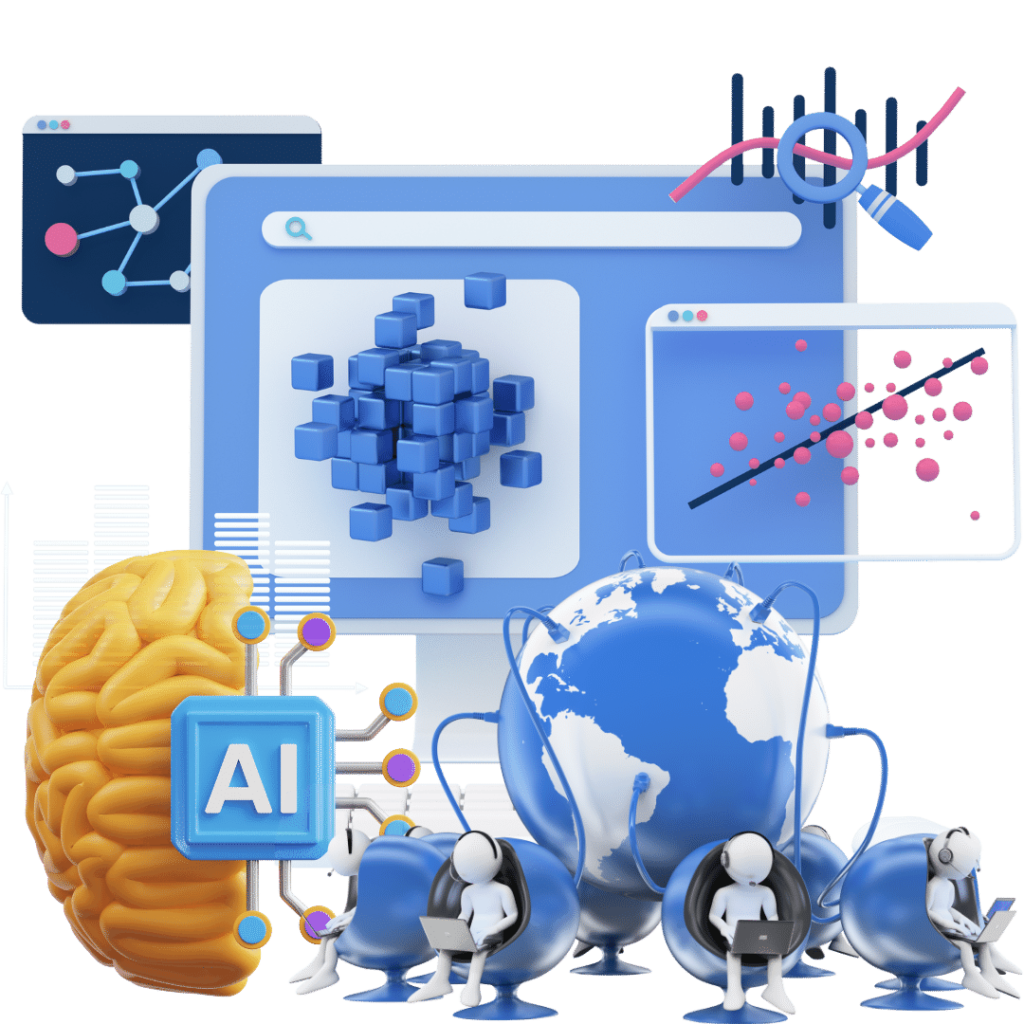
IT Learning Games
Today: Educational games offer a basic understanding of IT concepts. These games are often simple and focus on theoretical knowledge.
Future: Gamified IT learning in the future internet will make learning tech concepts fun and engaging through interactive gameplay. Users will participate in virtual games that simulate real-world IT scenarios, such as managing a virtual IT infrastructure or defending against cyber-attacks. For example, a gamified learning platform could include challenges where users must solve IT puzzles, complete coding tasks, or collaborate with others to troubleshoot network issues. This interactive approach will enhance knowledge retention and make learning more enjoyable. To experience these features, a metaverse domain is essential.
Remote IT Internships
Today: Internships are on-site or involve basic remote setups. They often require physical presence or limited remote interaction.
Future: The future internet will provide virtual IT internships with hands-on experience in realistic virtual environments. Interns will be able to participate in IT projects, collaborate with teams, and gain practical skills from anywhere in the world. For example, a virtual internship platform could offer projects that simulate real IT tasks, such as configuring virtual networks, developing software, or analyzing system performance. This will offer practical learning opportunities regardless of location, making internships more accessible and valuable. To experience these features, a metaverse domain is essential.


Summary
The future internet will transform IT websites from today’s static, limited interfaces into future immersive, personalized, and secure platforms. By comparing today’s practices with future possibilities, it is clear that we are on the brink of a significant technological revolution. These advancements will enhance productivity, security, and user experiences, paving the way for a more connected and efficient digital future. Embracing these changes will unlock limitless potential for growth and innovation in the IT sector, blending technology and creativity seamlessly. To experience these transformative features, a metaverse domain will be essential.
